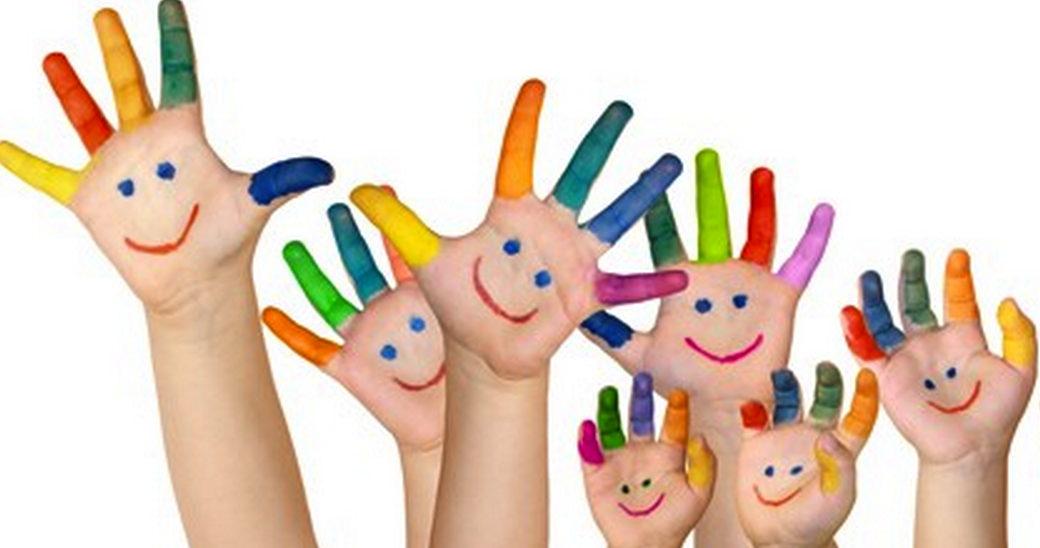Autism and gender differences | male and female development of ASD

Autism and Mental Health | A new imaging study of preschoolers has identified gender differences in the way autism may manifest itself in the brain.
This is progress at many levels, At issue is the anatomy of the brain's largest fiber bundle structure, the corpus callosum, which connects the brain's two hemispheres. Here is what the study suggests (from molecularautism.com):
Researchers used MRI scans to examine the brain structures of 112 boys and 27 girls with autism and 53 boys and 29 girls without autism. All were between 3 and 5 years old. The researchers were particularly interested in the way that nerve fibers projected from the corpus callosum to other areas of the brain.
Investigators found that while all autism patients have fiber bundles that differ from brains of typical people, the nature of those differences change by gender, the researchers reported in the journal Molecular Differences.
Compared to girls with the neurobehavioral disorder, boys with autism were seen to have smaller callosal regions linking up to the part of the brain that regulates emotions and decision-making (the orbitofrontal cortex). By contrast, girls with autism were seen to have smaller callosal regions linking up with the brain region that controls planning and executing tasks (the anterior frontal cortex).
 Identifying and understanding these biological differences may eventually improve how autism is diagnosed and treated in boys and girls, noted study lead author Christine Wu Nordahl, PhD.
Identifying and understanding these biological differences may eventually improve how autism is diagnosed and treated in boys and girls, noted study lead author Christine Wu Nordahl, PhD.
“We don't yet know enough about females with autism because most research studies do not have equal numbers of females and males with autism in their samples,” said Nordahl, an assistant professor in the department of psychiatry and behavioral sciences at the University of California, Davis MIND Institute.
- Accurate and early diagnosis of autism in both sexes is essential, not only for understanding sex differences in ASD, but also for providing appropriate resources and services.
- Accurate diagnosis and identification of autism-like features is also necessary for lifelong support of women whose impairments may be traditionally under recognized. These advancements will require further research and scientific study.


